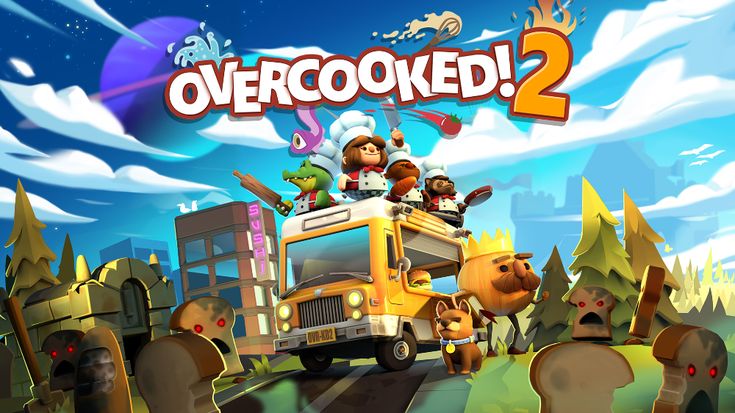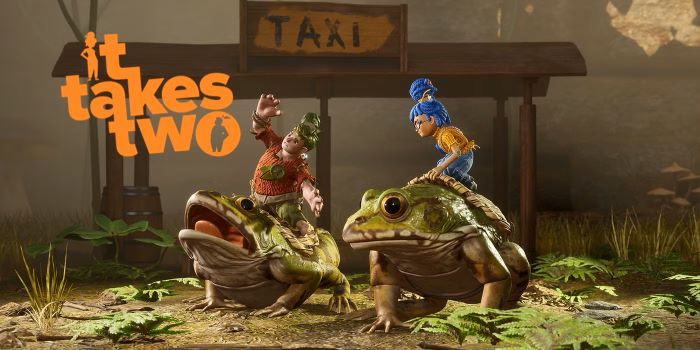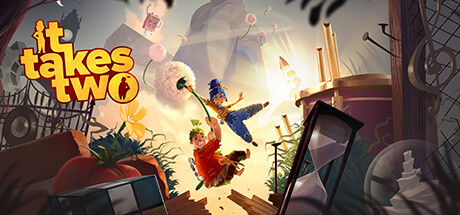
Introduction
How to Play the Game Stack – Hey readers! Are you ready to embark on a mind-bending puzzle adventure with the Game Stack? This innovative game combines strategy, spatial reasoning, and a dash of dexterity for a truly addictive experience. Whether you’re a seasoned puzzle aficionado or a curious novice, this guide will provide you with everything you need to know about how to play the Game Stack.
The Basics
The Game Stack consists of a set of wooden blocks, each featuring a different color and shape. The goal is to stack these blocks on top of each other, creating a stable and visually appealing tower. Blocks come in various sizes and shapes, including squares, triangles, and pentagons. Each block has a designated color, and players must match the colors when stacking.
Gameplay: Balancing Act or Mind-bender?
Balancing Act:
To play the Game Stack, players take turns placing blocks on top of the growing tower. The first player places a block on the base, and subsequent players must carefully stack blocks on top, ensuring that the tower remains stable. Players must consider the weight distribution of each block and how it will affect the overall balance of the tower.
Mind-bender:
The Game Stack isn’t just about stacking blocks; it’s about outsmarting your opponents. Players can use strategic moves to dislodge blocks from the tower, causing their opponents to lose their turn or even collapse the entire structure. The game requires players to stay focused, anticipate their opponents’ moves, and devise clever tactics.
Strategies for Success
Color Coordination:
To create a stable tower, pay close attention to the colors of the blocks. Stacking blocks of the same color together provides additional support and reduces the risk of collapse. This strategy is especially important when the tower gets taller and more vulnerable.
Size and Shape:
Consider the size and shape of the blocks when stacking. Large blocks provide a sturdy base, while smaller blocks can be used to fill gaps or create intricate designs. Additionally, the shape of the block can affect its stability. For example, triangular blocks can be used to create stronger corners, while square blocks provide a more even weight distribution.
Patience and Foresight:
The Game Stack is not a race against time. Take your time when placing blocks, and carefully consider your next move. Think ahead and anticipate how your actions will affect the overall stability of the tower. Patience and foresight will help you outsmart your opponents and emerge victorious.
Advanced Techniques: The Next Level
The Wobble Test:
Before placing a block, gently wobble the tower to assess its stability. This simple test can reveal any potential weaknesses and help you make adjustments before it’s too late. If the tower wobbles excessively, reconsider your placement or reinforce the structure with smaller blocks.
The Stack Table
| Block Type | Recommended Placement |
|—|—|
| Base | Use large, square blocks for a sturdy foundation. |
| Middle | Alternate different colors and sizes to distribute weight evenly. |
| Top | Smaller blocks or triangles can be used to create intricate designs and provide stability. |
The Pyramid Maneuver:
For added stability, consider creating a pyramid shape with your tower. Stack blocks in a gradual pyramid shape, with the base being the widest and the top being the narrowest. This technique helps distribute weight more evenly and reduces the risk of collapse.
Conclusion
Congratulations! You now have the knowledge and skills to master the Game Stack and conquer your opponents. Remember, practice makes perfect, so stack those blocks high and see how far you can go. If you’re looking for more mind-bending puzzle challenges, be sure to check out our other articles on solving mazes, cracking cryptograms, and conquering Sudoku. Keep your wits sharp and your puzzle-solving spirit alive!
FAQ about Stack
What is the goal of the game?
Answer: To be the first player to get rid of all their cards.
How do I set up the game?
Answer: Shuffle the deck and deal 10 cards to each player. The remaining cards form the draw pile.
How do I play a card?
Answer: You can play a card that matches the number or suit of the card on top of the discard pile. If you can’t play a card, you must draw a card from the draw pile.
What is a stack?
Answer: A stack is a group of cards that have the same number. When you play a card on top of a stack, it becomes the new top card of that stack.
Can I play a stack on top of another stack?
Answer: Yes, you can play a stack on top of another stack if the top card of the first stack matches the number of the top card of the second stack.
What happens if I run out of cards?
Answer: If you run out of cards, you must draw 5 cards from the draw pile. If the draw pile is empty, you must shuffle the discard pile and create a new draw pile.
What is the special “Stack” card?
Answer: The “Stack” card can be played on any card. When it is played, it creates a new stack.
What happens if I draw the “Stack” card?
Answer: If you draw the “Stack” card, you must play it immediately.
What happens if I can’t play a card?
Answer: If you can’t play a card, you must draw a card from the draw pile. If the draw pile is empty, you must shuffle the discard pile and create a new draw pile.
Who wins the game?
Answer: The first player to get rid of all their cards wins the game.





